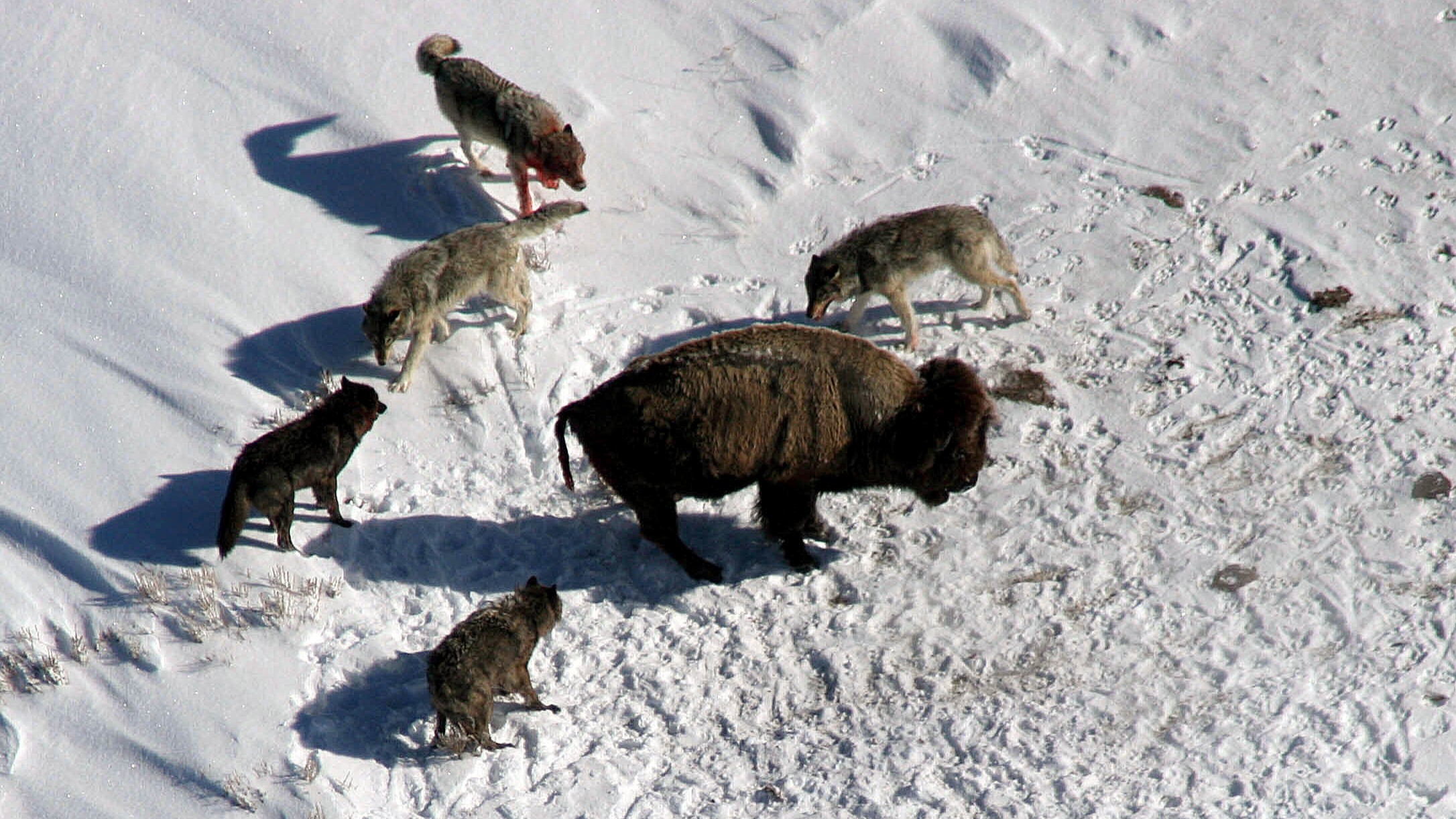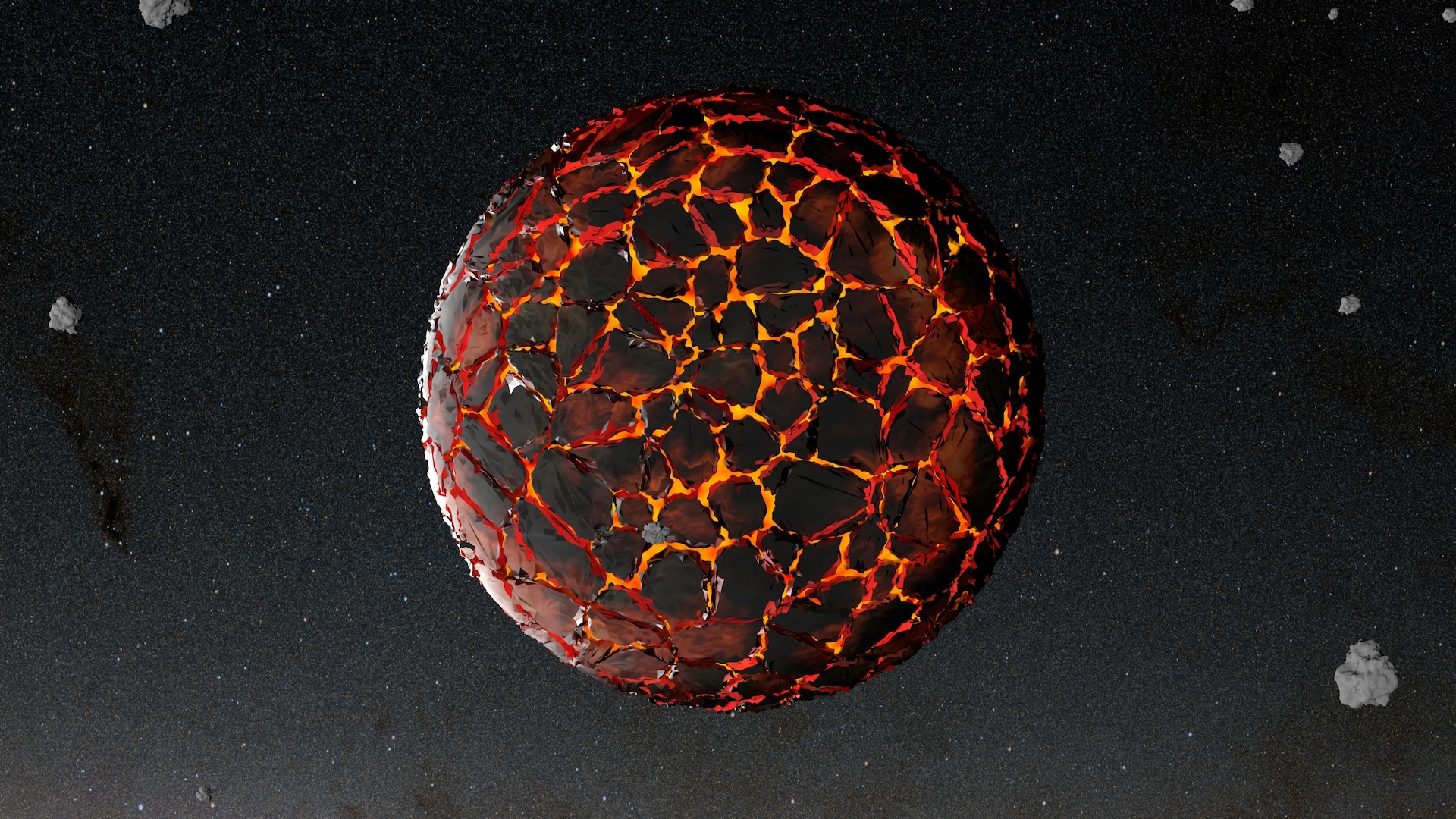10 of the weirdest experiments of 2021
Brains grown in petri dishes, self-replicating zombies and the invention of otherworldly time crystals.

Every year, scientists undertake some truly baffling experiments, and 2021 was no exception. From growing mini-brains with their own eyes in petri dishes to reanimating 24,000-year-old self-replicating zombies from the Siberian permafrost, here are the absolute weirdest scientific experiments of the year.
Growing miniature human brains with their own eyes
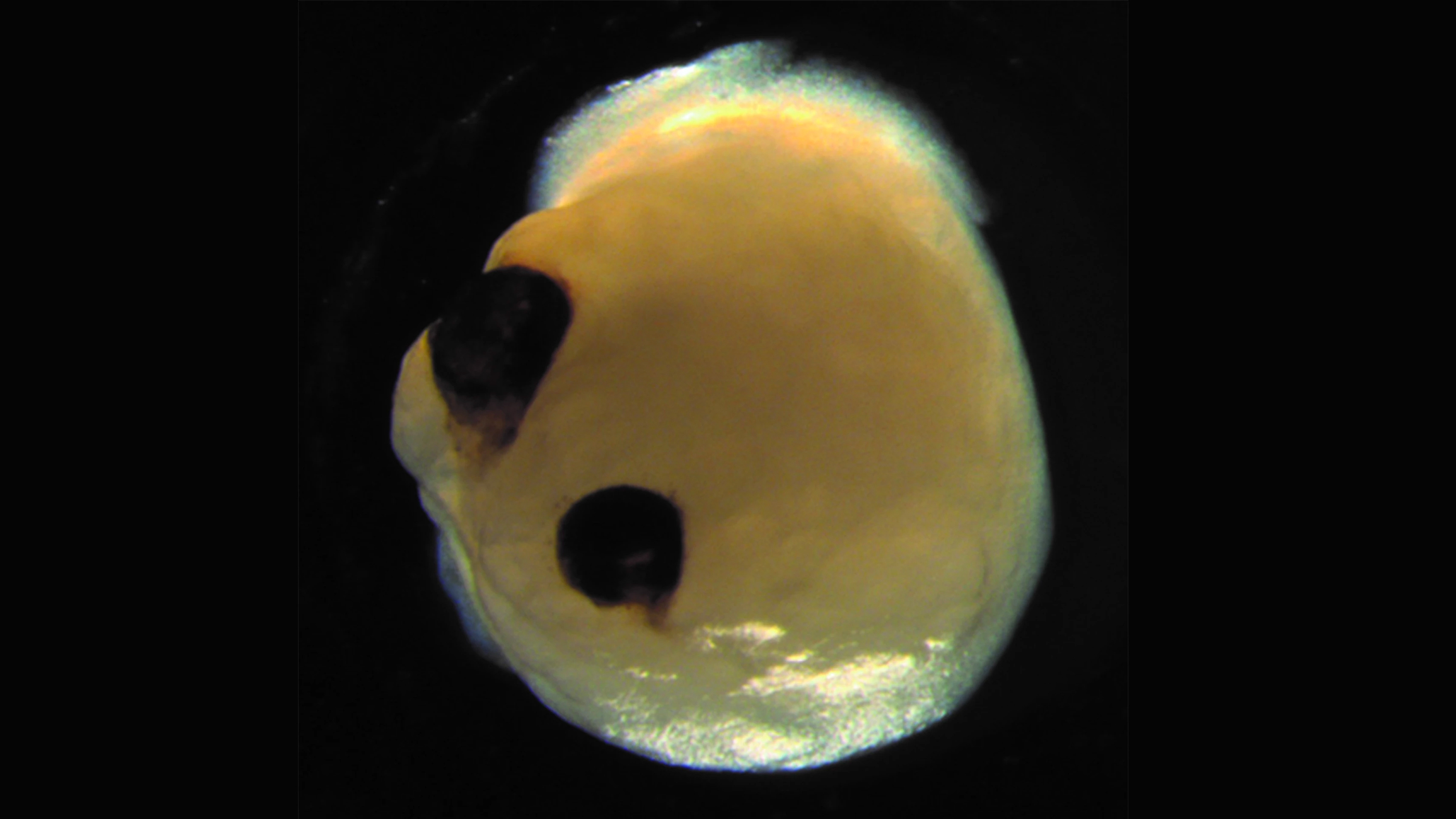
In August, a group of scientists made news that was equal parts fascinating and horrifying when they announced they had successfully lab-grown a tiny human brain with its own pair of eyes. They made the Cronenberg-esque mini brain, called an organoid, by transforming stem cells into neural tissue, then stimulating the cells with chemical signals to form tiny rudimentary "optic cups" filled with light-sensitive cells.
Thankfully for our collective sanity and for the mini-brains themselves, the tiny organoids don't have nearly enough neural density to be conscious — so they won't be asking themselves anytime soon how they awakened as a lost pair of eyes sliding around a petri dish. They are, however, incredibly useful constructs for studying brain development and potentially creating cures for retinal disorders that cause blindness — something that the researchers want to study.
Read more: Lab-made mini brains grow their own sets of 'eyes'
Finding that crows understand the concept of zero
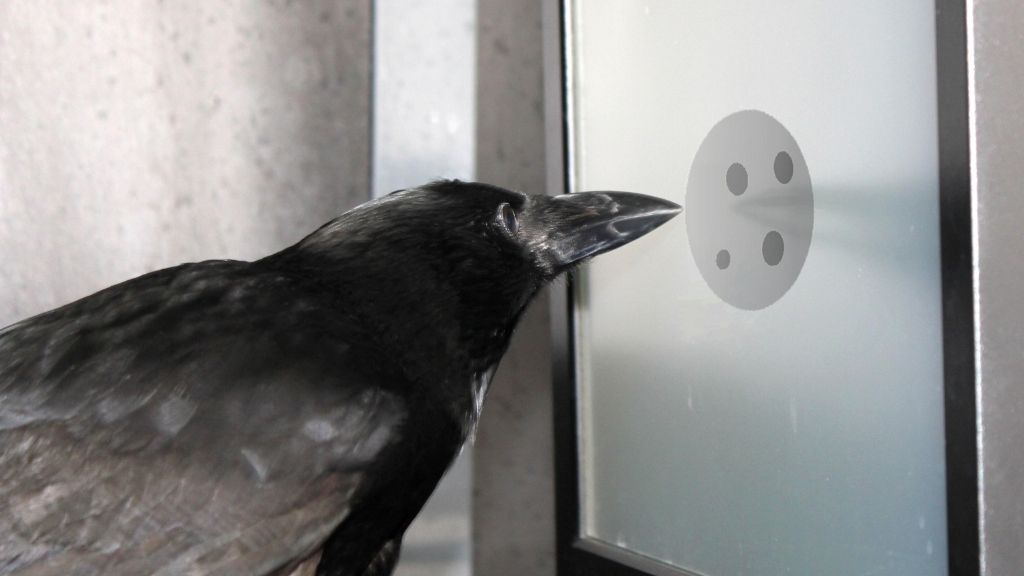
If the Cronenburg body-horror of the last entry didn't move you, this year also saw scientists reveal an experiment more in line with Hitchcock's classic horror film "The Birds" — proving that crows were smart enough to understand the concept of zero. The concept of zero, ostensibly developed by human societies somewhere in the fifth century A.D., requires abstract thinking. So it came as quite a surprise when a June paper in The Journal of Neuroscience revealed that crows not only picked zero as distinct from other numbers, but also associated it more readily with the number one than with higher numbers.
Scans of the birds' brain activity during the experiments showed that crows have specially tuned neurons for understanding the null number, but what they use those brain cells for (besides potentially plotting to take over the world, of course) is a mystery. The scientists were amazed that both human and crow brains can compute zero even though we shared our last common ancestor with birds well before the extinction of the dinosaurs; this shows that evolution takes multiple routes to create brains with the same higher-level functions.
Read more: Crows understand the 'concept of zero' (despite their bird brains)
Sign up for the Live Science daily newsletter now
Get the world’s most fascinating discoveries delivered straight to your inbox.
Figuring out why brazil nuts rise to the top of the bag

April saw researchers finally finding the answer to one of humanity's most pressing questions: Why do Brazil nuts rise to the top of the bag? The nutty mystery was resolved by shaking a mixture of peanuts and Brazil nuts, with the Brazil nuts placed at the bottom, and taking a 3D X-ray scan of the bag after each shake. It turned out that successive shakes eventually moved the larger nuts into a vertical orientation, after which every shake forced them upwards. The scientists believe their research could help engineers design better ways to prevent size segregation from occurring in other mixtures — something that, while vitally important for bags of nuts, could have essential applications in medicine and construction.
Read more: 'Brazil nut puzzle' cracked by researchers
Creating a mutant "daddy shortlegs"
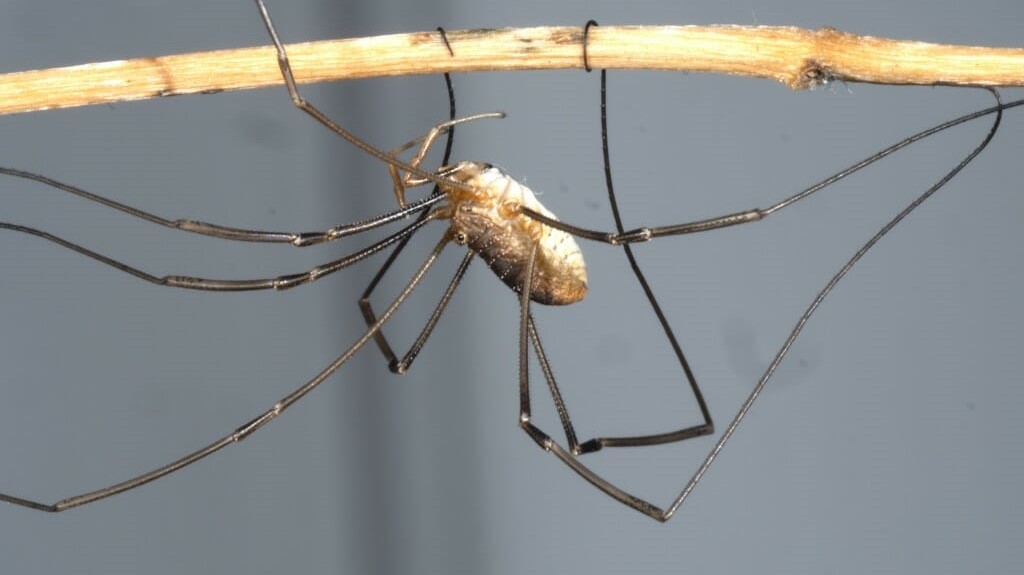
By switching off certain genes in the daddy longlegs, scientists created a stunted "daddy shortlegs" version — but why? By shortening the famous arachnid's legs, the researchers hoped to reveal the secrets behind its body plan as well as its unique method of locomotion: walking with three pairs of legs and waving the longest pair about to feel its way around.
After the gene tweak, the legs of the stunted daddy shortlegs had not only changed in size, but also in shape; they morphed into short food-manipulating appendages called pedipalps. This offered the scientists a glimpse back in time at the kinds of creatures that daddy longlegs could have evolved from 400 million years ago. And this isn't the last mutant arachnid the scientists want to create; they also plan to mutate spider fangs to glean similar insights into their evolution.
Read more: Mutant 'daddy shortlegs' created in a lab
Turning water into a shiny golden metal
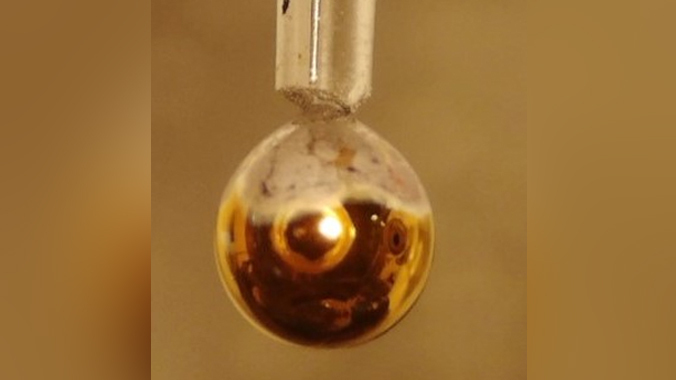
From early antiquity all the way to the 17th century, alchemists were obsessed with the philosopher's stone: a mythical substance with the power to transmute lead into gold. In July, scientists reported an experiment that looked a little like the fabled process: for just a few fleeting seconds, they were able to transform water into a shiny, golden metal. The researchers achieved this by mixing the water with sodium and potassium — metals which donate their extra electrons to the water, and therefore make the water's electrons wander freely, rendering it metallic. The briefly metallic water they created could provide scientists with some key insights into the highly-pressurized hearts of planets, where water could be squished so intensely that this process occurs naturally.
Read more: Scientists transform water into shiny, golden metal
Inventing an otherworldly time crystal

In July, researchers working with Google revealed that they had created a time crystal inside the heart of the tech giant's quantum computer, Sycamore. The crystal was a completely new phase of matter that the researchers claimed was able to evade the second law of thermodynamics, which dictates that entropy, or the disorder of a system, must always increase. Unlike other systems, which see their entropy increase over time, the time crystal's entropy did not increase no matter how many times it was pulsed with a laser. The truly remarkable thing about the weird quantum crystals is that they are the first objects to break a fundamental symmetry of the universe, called discrete time-translation symmetry. Scientists are hoping to use the otherworldly crystals to test the boundaries of quantum mechanics — the strange rules that govern the world of the very small.
Read more: Otherworldly 'time crystal' made inside Google quantum computer could change physics forever
Reviving 24,000-year-old zombies from Russian permafrost
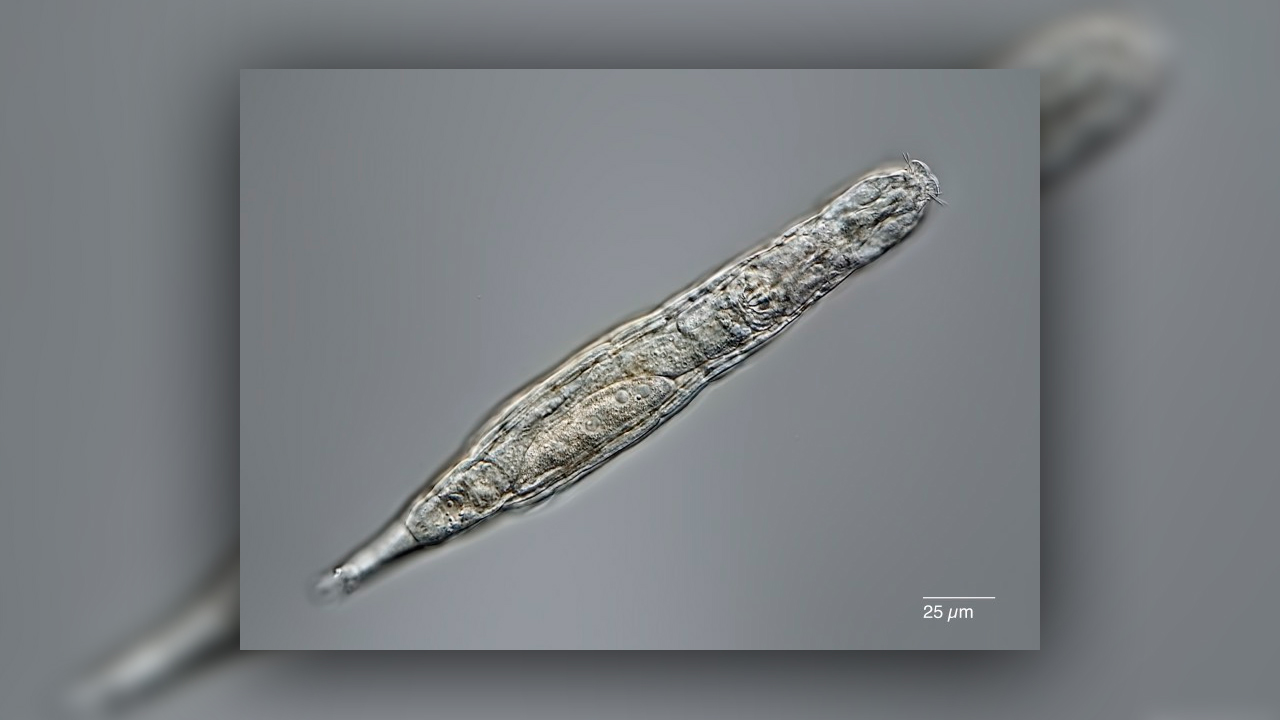
If you were to find a group of zombies from the Pleistocene epoch frozen inside Siberian permafrost, reviving and cloning them is probably not high on your agenda. However, that's exactly what scientists described in a June paper published in the journal Current Biology. Thankfully, these zombies aren't the shambling, fictitious brain-eaters popularized by George Romero, but are instead tiny multicellular organisms called bdelloid rotifers. Once thawed, the tiny creatures began reproducing asexually through a process called parthenogenesis, creating perfect clones of themselves. Remarkably, analysis of the soil around the creatures showed that they had been frozen for 24,000 years, and they had survived by putting themselves inside a protective stasis called cryptobiosis. Scientists are hoping to study this clever trick to better understand cryopreservation and how it could be adapted for humans.
Read more: 24,000-year-old 'zombies' revived and cloned from Arctic permafrost
Drilling the deepest ocean borehole ever in the Pacific Ocean

In May, scientists working off the coast of Japan used a long, thin drill called a giant piston corer to drill a 5 mile (8,000 meter) hole to the bottom of the Japan Trench. The scientists then extracted a 120-foot-long (37 m) sediment core from the bottom of the sea, hauling it all the way back up to their ship. The researchers wanted to examine the sediment core because they were searching for clues into the region's earthquake history — the drill site is located very close to the epicenter of the magnitude-9.1 Tohoku-oki earthquake. The 2011 quake caused an enormous tsunami that smashed into the Fukushima Daiichi nuclear power plant and caused a devastating meltdown.
Read more: Scientists just dug the deepest ocean hole in history
Releasing a 'Russian doll' set of stomach-bursting parasites
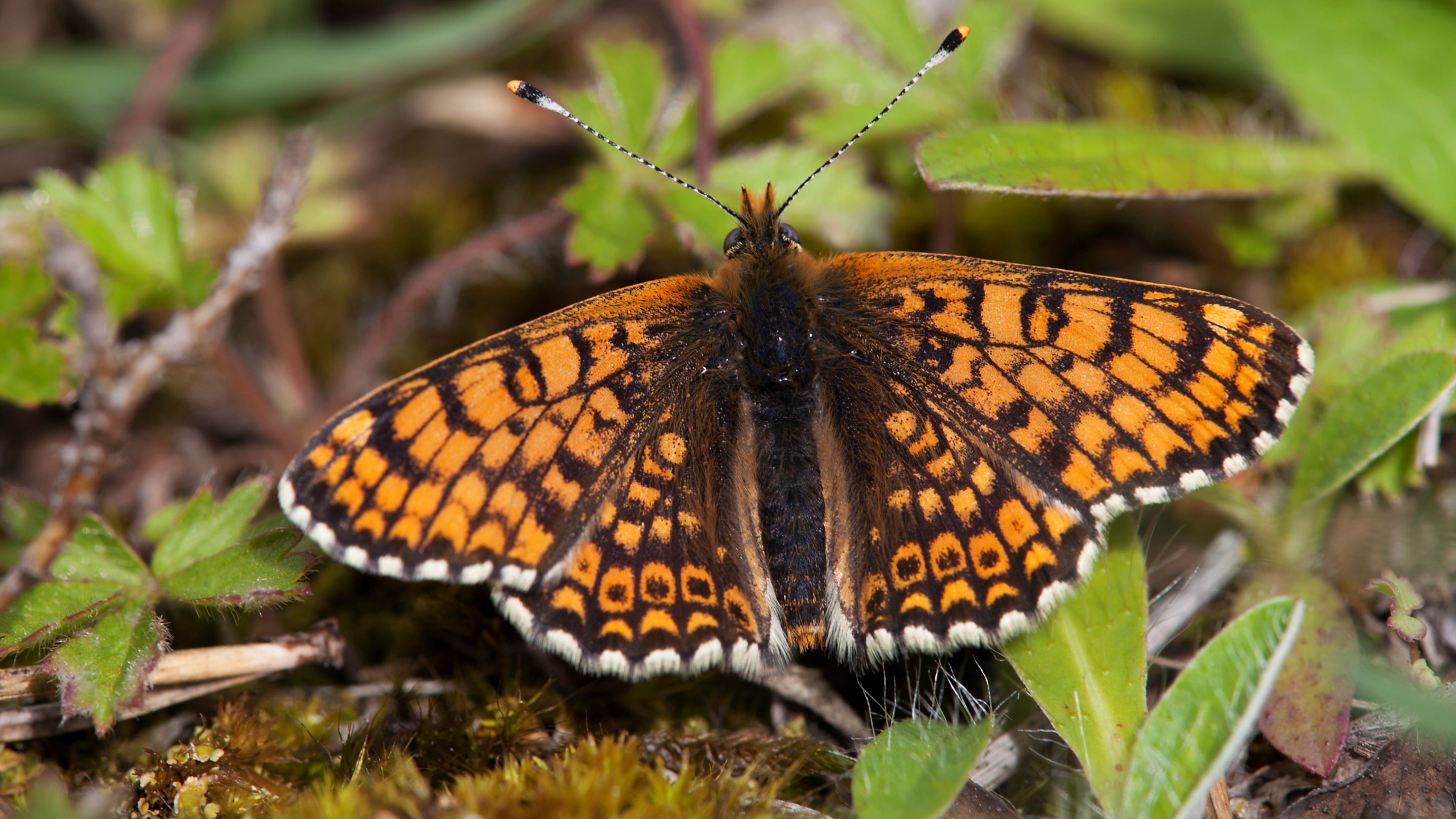
A July study published in the journal Molecular Biology revealed that an already weird past study had produced even weirder unintended consequences. Decades ago, the Finnish scientist Ilkka Hanski introduced the Glanville fritillary butterfly onto the remote island of Sottunga, planning to study how a population of one species placed inside a harsh habitat could survive. Little did he know, the butterflies harbored a species of stomach-bursting parasitic wasp, and those wasps also carried their own, smaller, stomach-bursting hyperparasite — itself a parasitic wasp. Once the butterflies were released on Sottunga, the wasps erupted, spreading across the island with their hosts. This experiment provided later scientists with not only a fascinating ecological study, but also a clear warning that we must understand the ecological webs that form around endangered species before introducing them into new environments.
Read more: 'Russian doll' set of stomach-bursting parasites released inside butterfly on remote Finnish island
Growing magic mushrooms in the blood through an ill-advised injection
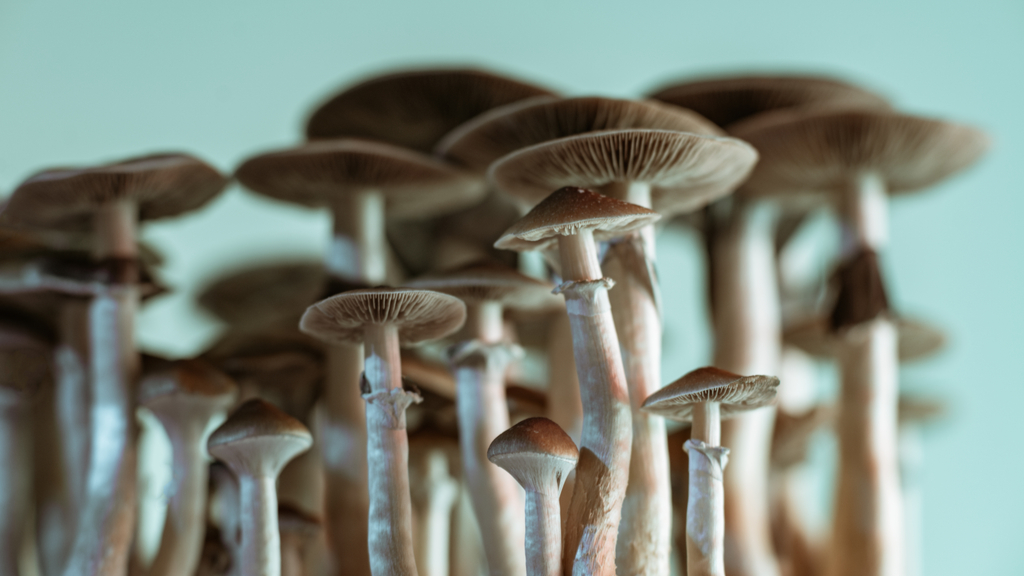
Okay, so this one wasn't done by a scientist, but it's by far one of the weirdest amatuer experiments we've heard this year. A January study in the Journal of the Academy of Consultation-Liaison Psychiatry revealed that a man who had brewed a "magic mushroom" tea and injected it into his body ended up in the emergency room with the fungus growing in his blood. After injecting the psilocybin tea, the man, who had hoped to relieve symptoms of bipolar disorder and opioid dependence, quickly became lethargic, his skin turned yellow and he started vomiting blood. The man survived, but needed to take antibiotics and antifungal drugs to remove the psychoactive fungus from his bloodstream. He also had to be put onto a respirator. A growing body of research indicates that psilocybin, the psychoactive compound found in magic mushrooms, could be a promising treatment for depression, anxiety and substance abuse — but only if taken safely.
Read more: 'Magic mushrooms' grow in man's blood after injection with shroom tea
Originally published on Live Science.

Ben Turner is a U.K. based staff writer at Live Science. He covers physics and astronomy, among other topics like tech and climate change. He graduated from University College London with a degree in particle physics before training as a journalist. When he's not writing, Ben enjoys reading literature, playing the guitar and embarrassing himself with chess.




